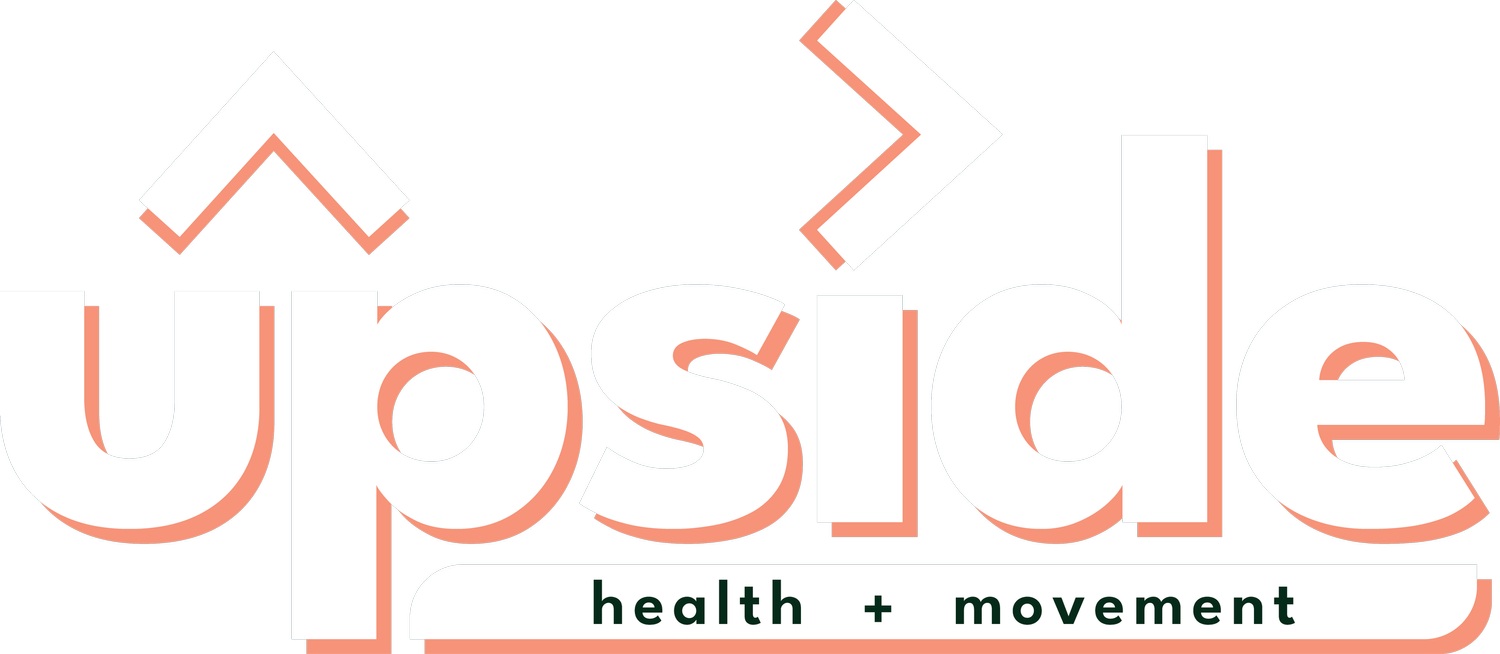Pain Profile: Non-Specific Lower Back Pain
Many people experience a type of pain in their lower back area, and it is called lower back pain. It can affect anyone, regardless of age. The pain is usually not caused by a specific injury or medical condition. This type of pain is known as non-specific lower back pain. Although it may not be a severe medical problem, it can still make daily activities challenging and cause a lot of discomfort. This blog post will talk about what non-specific lower back pain is, what causes it, its symptoms, and ways to treat it.
What is non-specific lower back pain?
Non-specific lower back pain refers to a type of discomfort that occurs in the lower back region, without any identifiable medical cause or injury. The pain can vary in intensity, ranging from a mild ache to a sharp sensation. It may come and go or persist continuously, and may be accompanied by stiffness, muscle spasms, and difficulty moving the back.
Causes of non-specific lower back pain
The exact cause of non-specific lower back pain is not known, but it is thought to be caused by a combination of factors. Some of the factors that may contribute to non-specific lower back pain include:
Poor posture: Poor posture, such as slouching while sitting or standing, can put pressure on the lower back muscles and lead to pain.
Lack of exercise: Lack of exercise can cause the muscles in the lower back to become weak and less flexible, making them more prone to injury.
Obesity: Being overweight can put extra stress on the lower back, which can cause pain.
Stress: Psychological (work/personal/emotional) stress can cause tension in the muscles of the lower back, leading to pain.
Aging: As we age, the discs in our lower back can become less flexible and may start to degenerate, leading to pain.
Symptoms of non-specific lower back pain
The symptoms of non-specific lower back pain can vary from person to person, but some common symptoms include:
Dull or sharp pain in the lower back
Stiffness in the lower back
Muscle spasms in the lower back
Limited range of motion in the lower back
Pain that may radiate down the legs
Treatment options for non-specific lower back pain
The treatment options for non-specific lower back pain depend on the severity of the pain and the underlying causes. Some common treatment options include:
Pain relief medications: Over-the-counter pain relief medications such as ibuprofen or acetaminophen can help to relieve pain and reduce inflammation.
Exercise: Gentle exercises, such as walking or swimming, can help to strengthen the muscles in the lower back and improve flexibility.
Physical therapy: Physical therapy can help to relieve pain and improve range of motion in the lower back through exercises and stretches.
Heat and cold therapy: Applying heat or cold to the affected area can help to reduce pain and inflammation.
Relaxation techniques: Relaxation techniques such as deep breathing and meditation can help to reduce stress and tension in the muscles of the lower back.
Non-specific lower back pain is a common condition that can be caused by a variety of factors. While it may not be a serious medical issue, it can still be a significant source of discomfort and can interfere with your daily activities. If you are experiencing lower back pain, it is important to seek medical advice to determine the underlying cause and appropriate treatment options. With proper treatment and self-care, most cases of non-specific lower back pain can be managed effectively, allowing you to return to your normal activities.


